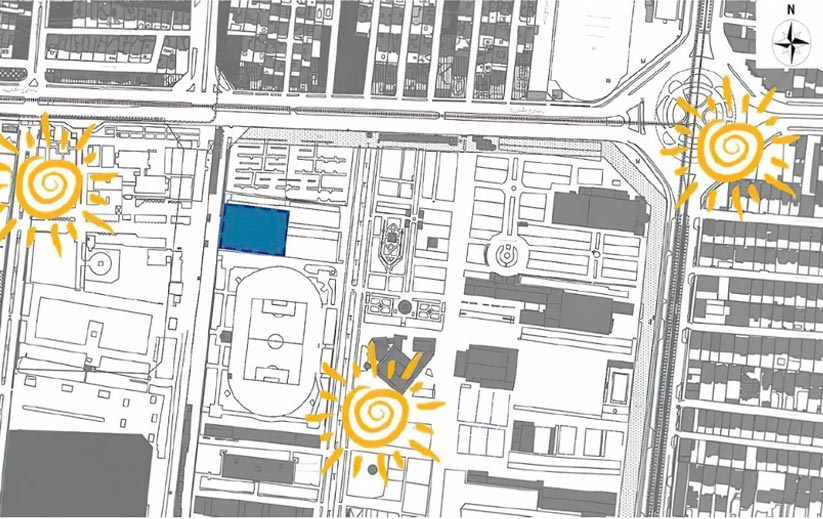Abstract: Buildings, particularly office buildings, are major energy consumers and sources of CO2 emissions, contributing to around one-third of global energy consumption. As a result, energy consumption optimization regulations and the deployment of renewable energy technology in the construction sector has the potential to significantly reduce energy consumption and carbon emissions. This paper describes a comprehensive study on the technical feasibility and design of the electrical equipment of the Isfahan University virtual faculty building project in accordance with Iran’s standards and guidelines of low-energy buildings (mostly chapter 19 of the Iranian National Building Regulations). In this case study, relevant designs and calculations were presented in order to accomplish the low-energy construction goals for various portions of the project. The photovoltaic system on the roof provides a part of the building’s energy, and the KNX protocol was used to operate the lighting management system, the cooling and heating systems, and to enable intelligent energy management.
Feasibility Study and Design of Smart Low-Energy Building Electrical Installations (Case Study: Isfahan University, Virtual Faculty Building)

26
Oct
